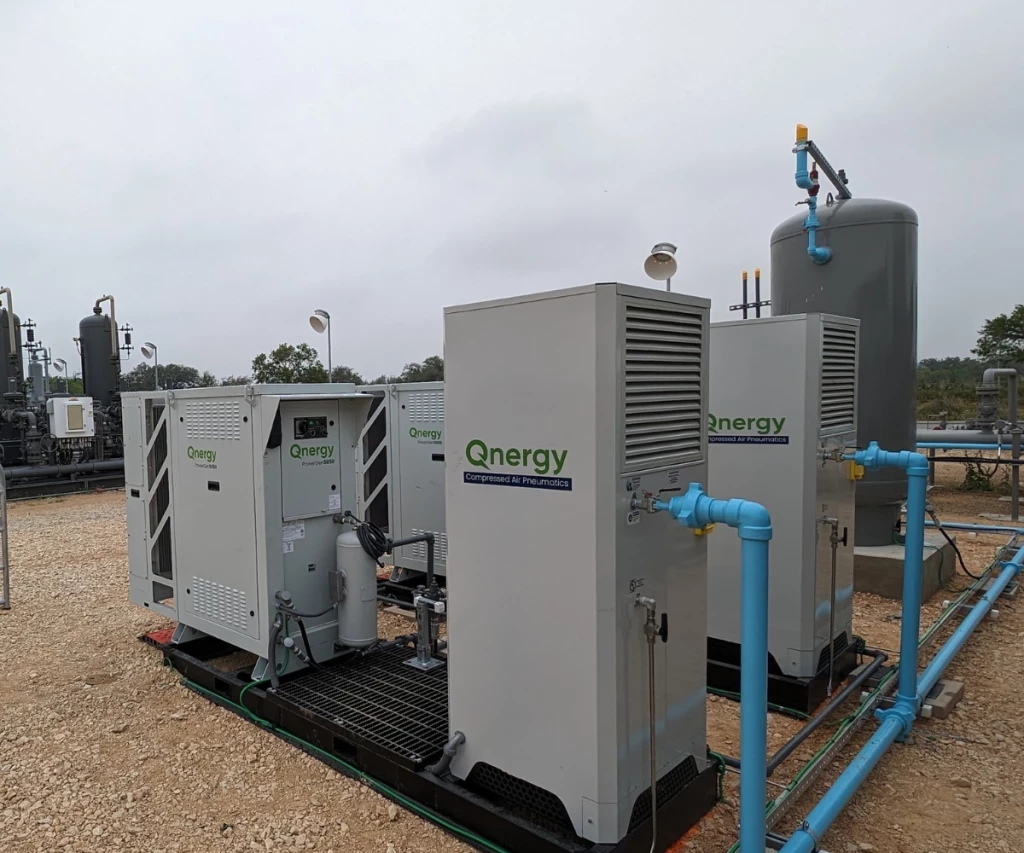Tools for Tracking Greenhouse Gas Emissions Data in Heavy Industries
GHG tracking tools energy professionals can use to analyze GHG emissions data in heavy industries, regardless of size.
Add bookmark
Contributed by: Devin Partida
Industries relying on heavy machinery and facilities have pollution ballooning from smokestacks and diesel fuel running their fleets. Every corner allows greenhouse gas (GHG) emissions to accumulate, offering an equal chance to track impact and use the data to implement solutions.
So, the question is, what tools can stakeholders use to analyze heavy industries, regardless of size?
Solutions That Enable Accurate Monitoring
Professionals in manufacturing, mining, construction, and more are undergoing digital transformation. New tools enter workflows daily, but adding GHG tracking is one of the most pivotal. Sensor technology is one of the most game-changing because of how versatile it is.
Facilities need technology like sensors to collect real-time information. They also need software to facilitate it and architecture to store it. Data lakehouses are optimal solutions because they keep unstructured and structured data, whereas other infrastructures may have separate types. This prevents silos, which is essential to avoid early in GHG tracking journeys.
For example, Shell uses a data lakehouse in an attempt to curb its 2.8% global GHG contribution. It receives 300 million new rows of emissions and environmental data weekly, and cloud connectivity is also crucial for mobility and collaboration. The data density reveals the worst GHG offenders, which allowed it to take action on emitters like the Nigeria plant’s boil-off gas. It evaporated and flared, and technology optimized this to cut instances by 70%, reducing overall emissions.
Around 60% of U.S. electricity comes from fossil fuels, and understanding where and what these sources are will essentiallty come from GHG monitoring. Attaching sensors to energy generators can visualize how adversely impactful power is for the facility. Sensors are also instrumental in fossil fuel-powered fleets by measuring GHGs alongside more specific pollutants and fuel efficiency.
LISTEN: Episode 16: The IEA's Roadmap to Methane Reduction and the Energy Transition
What Tools Can The Industry Use?
Heavy industries must incorporate tracking across their entire supply chains, primarily when they have 11.4 times higher GHGs than a corporation’s direct emissions. Companies know they need sensors and data storage, but what specific tools are the most effective and reliable?
The first tool heavy facilities should acquire is emissions management software because everything can connect to this central hub. Solutions like Persefoni, S&P Global Sustainable1, and Cority measure air, waste, chemicals, water, and more against the latest industry standards and environmental, social, and governance (ESG) expectations.
Options like Sinai Technologies specifically work with heavy industries, though other options may have the functionality necessary to cater to industrial complexity. This includes frameworks like the Greenhouse Gas Protocol and other compliant reporting. Many software solutions include continuous monitoring, mobile emissions measurement, energy system measurement, and life cycle assessments. If they do not, facilities may need supplemental software.
Then, there are the tools facilities can use to fill out their databases. The Internet of Things (IoT) and other remote sensing technologies are pillars and may include drones and satellites for big-picture emissions tracking. Artificial Intelligence (AI) compatibility with these tools could provide predictive insights into how sustainable shifts in heavy industries could change numbers over time.
Here are a few other GHG-reduction solutions:
- Digital meeting software to reduce travel
- Green software to lower digital footprint
- Colocation data center partnerships for collaborative business models
- Process simulation software to predict the impact of raw materials and operations
How Can Facilities Integrate GHG Tracking?
Integration is the most time-consuming yet rewarding part of the transition, and industries can start in a few simple steps...
First, they should execute market research and find the tools catering to them and their capacities or facilities. Adopting a program or device made for a corporation a fraction of the size will waste time and resources. Discover what competitors are using with market research and measure how much they are succeeding.
Next, determine which tools to invest in by comparing them to the facility’s reduction priorities and goals. After installation, data collection for all emissions scopes is mostly automated, with data scientists reviewing integrity and organization. Quantification and visualization will lead to additional action, such as purchasing electric fleets or installing renewable energy.
Finally, implementation is only complete by scheduling reviews. Heavy industry stakeholders need to see if the GHG-tracking tools align with business goals. If not, a pivot is necessary. If metrics look ideal, then it is critical to push technologies and tracking further. Heavy industries should ask what more these resources could do for them and continue this line of questioning until GHG neutrality is met.
Action by Numbers
Heavy industries must know where to start curbing GHGs with data, beginning with one tool to accumulate awareness of their ecological footprint. Eventually, tracking will be a regulatory necessity and businesses can get ahead of the curve by starting now.
READ: Preparing for the EU 2025 LDAR and Reporting Deadlines
Learn more about GHG emissions tracking and reporting at our upcoming events:
Methane Mitigation Europe Summit
February 24-27, 2025 | Amsterdam
Methane Mitigation Technology & Innovation Summit
June 2-4, 2025 | Austin, TX
Methane Mitigation Canada Summit
September 23-25, 2025 | Calgary, AB
Methane Mitigation America Summit
December 2-4, 2025 | Houston, TX























